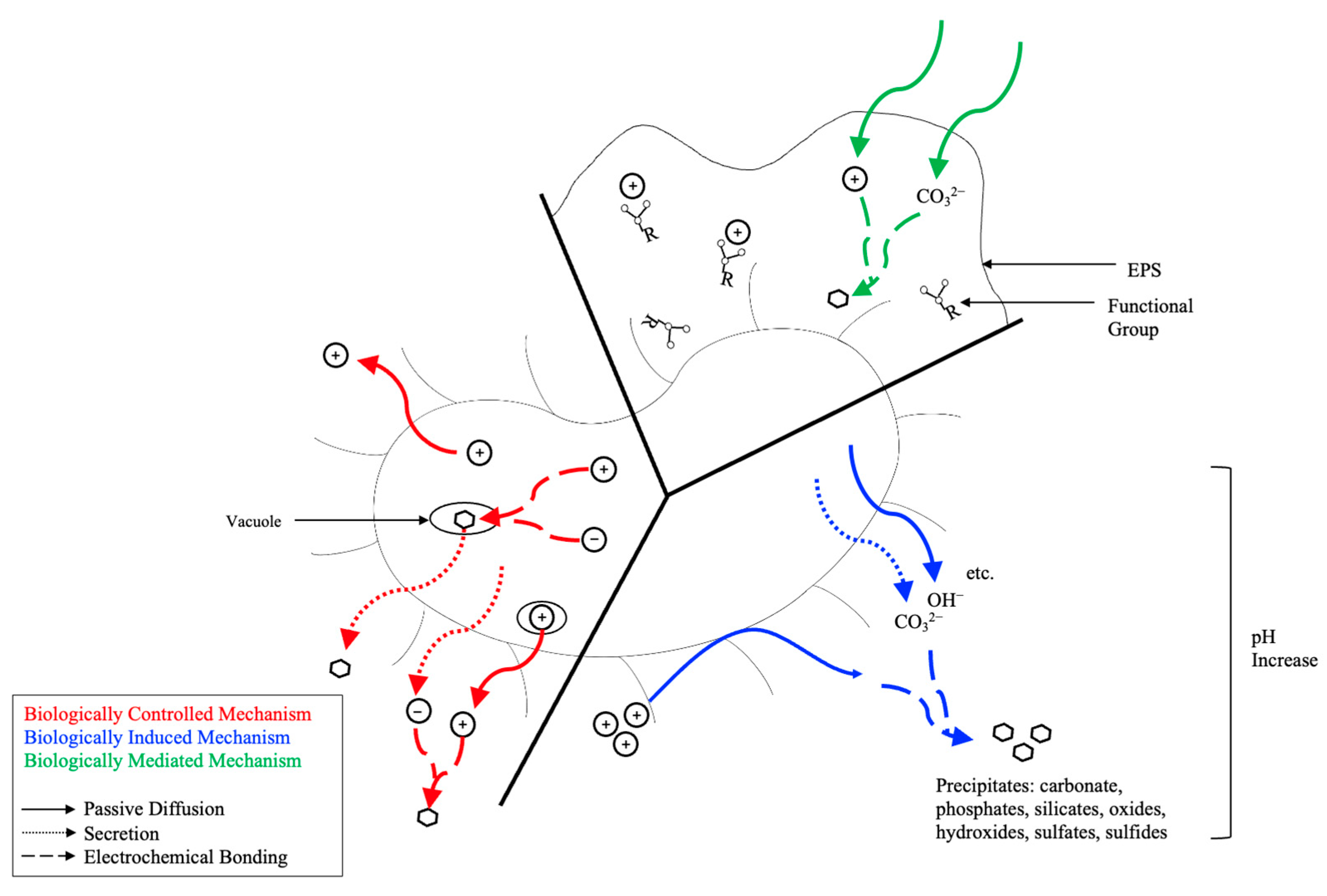2025-07-02 東京大学

トリチウム(3H または T と表記)は、水素(1H)の希少な放射性元素です。化学的に水素に類似しているため、環境中での移動性が高く、その99%以上はトリチウム水(HTO)の形で存在しています。これは、ALPS処理水に含まれるトリチウムの形態です。
<関連情報>
- https://www.iis.u-tokyo.ac.jp/ja/news/4809/
- https://www.sciencedirect.com/science/article/pii/S0025326X25007696
福島第一原子力発電所サイトからの人為起源トリチウム放出の海洋大循環モデルシミュレーション Ocean general circulation model simulations of anthropogenic tritium releases from the Fukushima Daiichi nuclear power plant site
Alexandre Cauquoin, Maksym Gusyev, Yoshiki Komuro, Jun Ono, Kei Yoshimura
Marine Pollution Bulletin Available online: 2 July 2025
DOI:https://doi.org/10.1016/j.marpolbul.2025.118294
Highlights
- Anthropogenic tritium releases from the FDNPP site to the ocean were modeled.
- TEPCO release scenario was used as input to ocean general circulation model COCO4.9.
- Except at the release point, anthropogenic tritium levels are below detection levels.
- Global warming and marginally eddy-resolving resolution fasten the tritium transport.
- However, their effects on tritium concentration values are below the detection limits.
Abstract
This study uses the ocean general circulation model COCO4.9 to examine for the first time the influence of climate conditions and horizontal resolutions on the spatial and temporal distributions of anthropogenic tritium released from the Fukushima Daiichi Nuclear Power Plant (FDNPP) site into the ocean. For the tritium activities, the accidental discharge of March 2011 and the treated water release from TEPCO Scenario A (i.e., “largest amount of tritium” scenario) were used as inputs in COCO4.9 to perform global ocean tritium simulations extending up to the year 2099. Simulated tritium concentrations in the Pacific Ocean reveal similar spatial distributions and are below the detection limit, except for a tritium peak near the FDNPP discharge site during the accident. Under the SSP5–8.5 climate scenario (the highest CO2 emission case scenario), the shifting of the Kuroshio extension northward and the associated enhanced eastward transport affect the temporal variability of the tritium signal and increase the tritium concentration at the south of Japan, but still below the detection limit. In the high-resolution experiment, the Kuroshio current and its extension are narrower and stronger in the marginally eddy-resolving simulation and the transport of tritium is strengthened, allowing it to reach the western US or the Asian coast from the release point in a shorter time. However, except near the FDNPP discharge site, tritium concentration values are only slightly affected by the horizontal resolution, showing that the long-term safety threshold in terms of tritium concentration is not exceeded with the currently planned treated water release.



